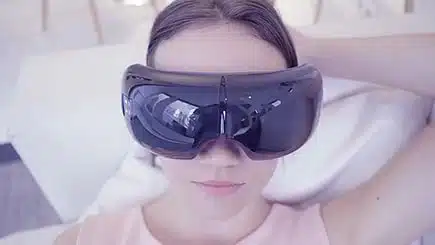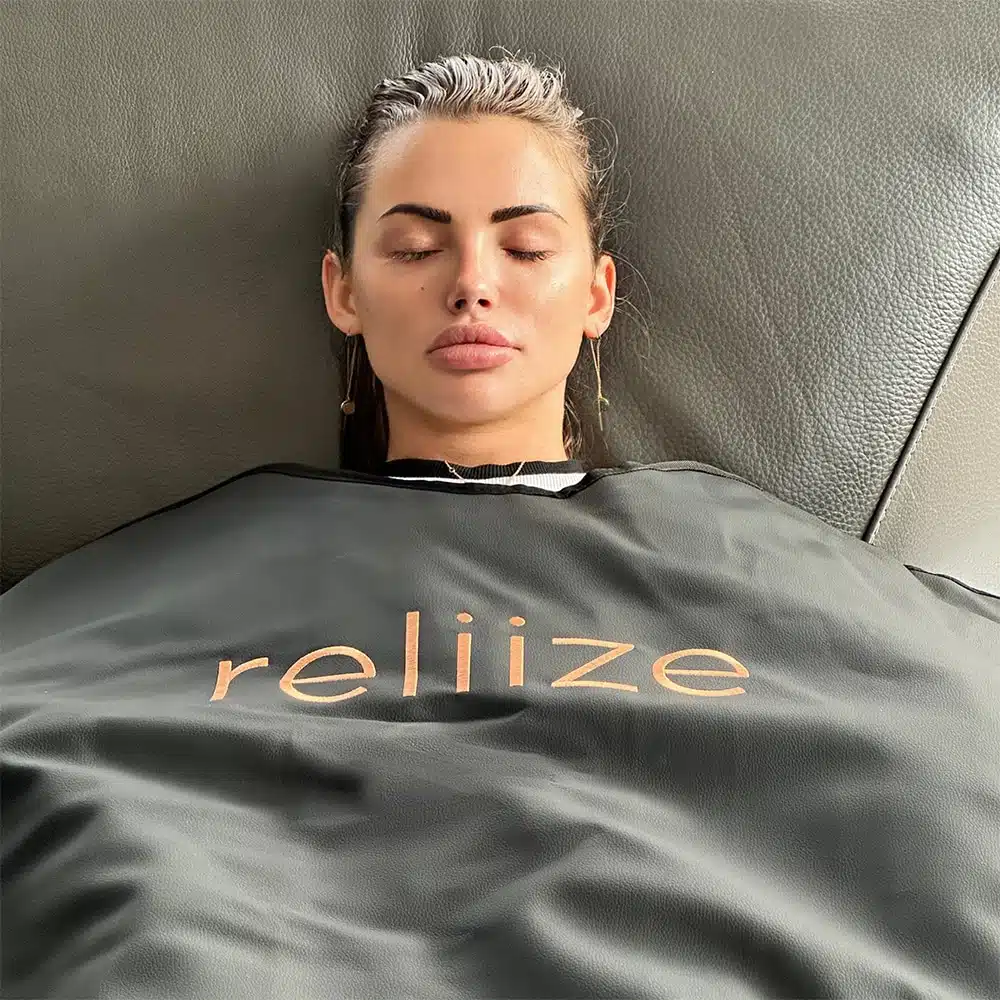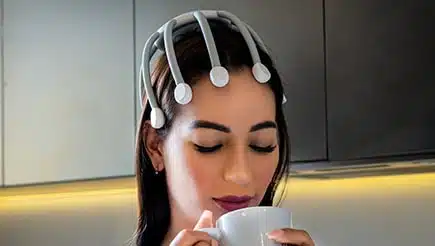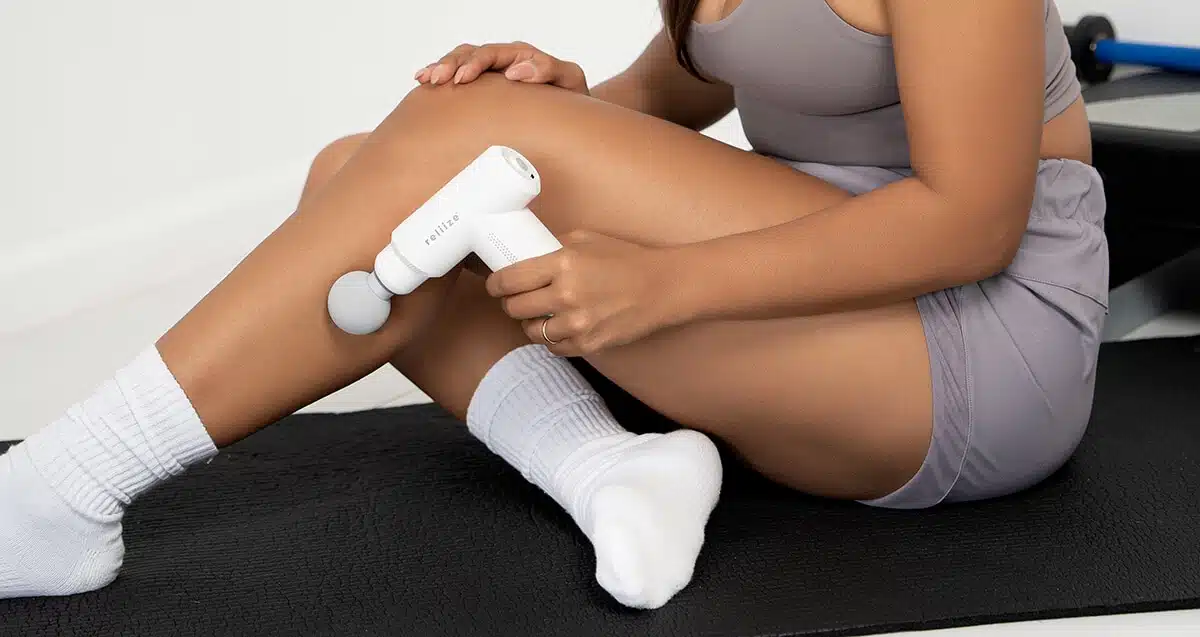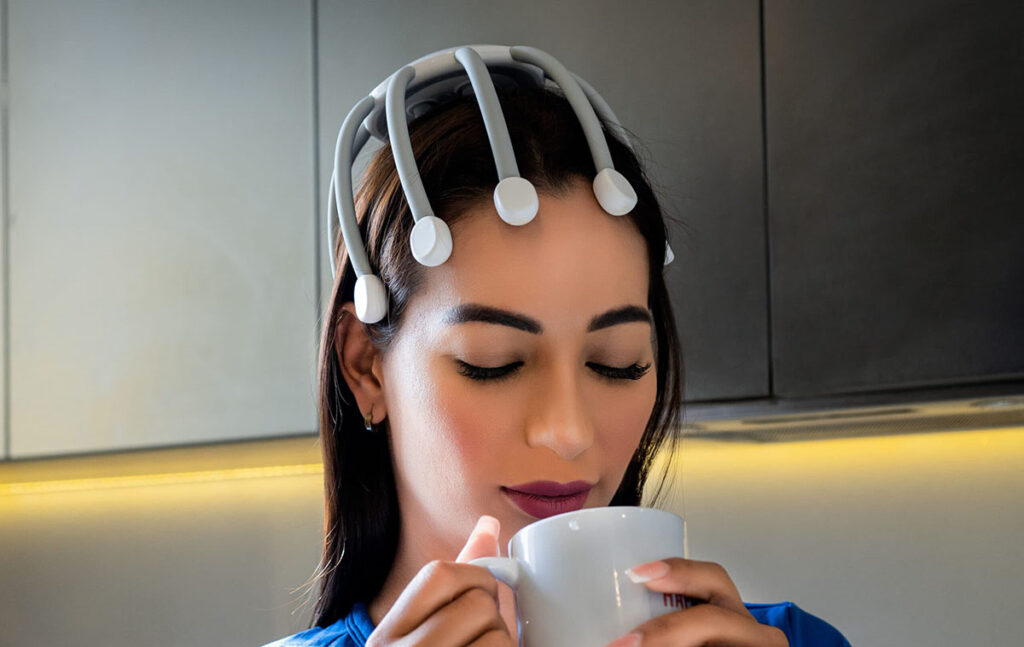Smart Massagers
Head Scalp Massagers & Hair Growth: Unveiling the Connection
In recent years, head scalp massagers have gained popularity as a relaxation tool, but can they also contribute to hair growth?
This article aims to explore the relationship between head scalp massagers and hair growth, examining the available evidence and shedding light on the subject.
Table of Contents
Understanding Hair Growth:
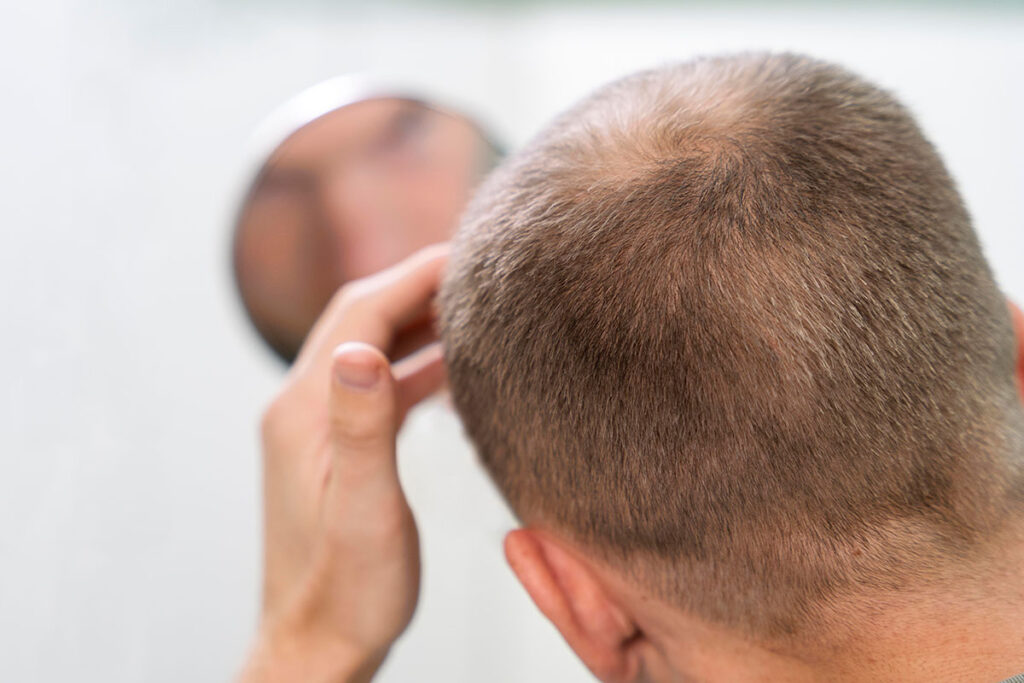
Before delving into the potential effects of scalp massagers on hair growth, it is important to understand the hair growth cycle.
The hair growth cycle consists of three phases: anagen (growth), catagen (transition), and telogen (resting).
Hair growth is influenced by various factors, including genetics, hormones, diet, and overall scalp health.
Benefits of Scalp Massage:
Scalp massage has long been recognized for its potential benefits. Some of these benefits include improved blood circulation, stress reduction, and relaxation.
Increased blood flow to the hair follicles can enhance nutrient delivery and oxygenation, potentially supporting the overall health of the scalp and hair.
The Essential Need for a Head Scalp Massager in Your Routine:
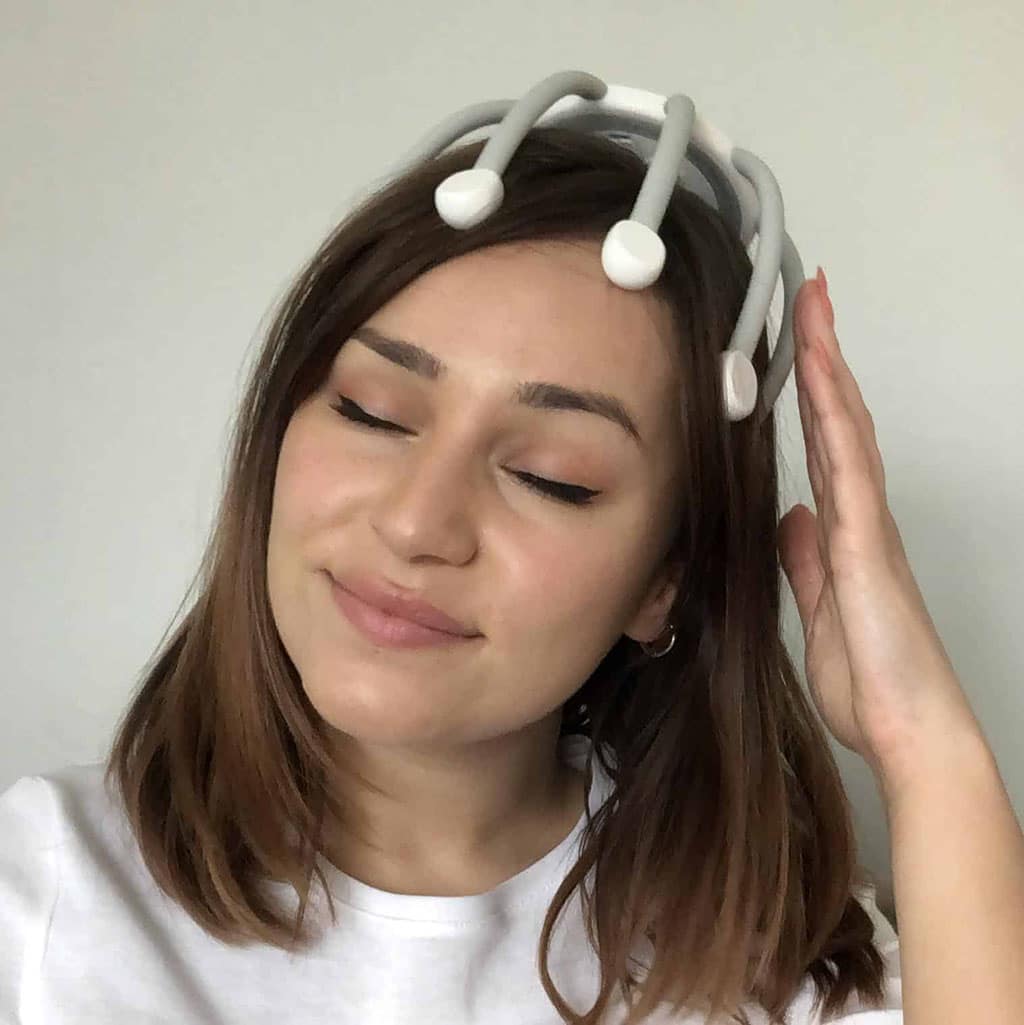
The innovation of the head scalp massager has transformed the way we experience relaxation and self-care. Gone are the days when we relied solely on another person to provide a quality scalp massage. With this ingenious device at our fingertips, we can effortlessly create soothing and rejuvenating experiences anytime, anywhere.
Its ergonomic design and intelligent functionality mimic the sensations of skilled human hands, stimulating blood circulation, relieving tension, and promoting a profound sense of relaxation. these head scalp massagers empower us to take charge of our well-being, offering a personalized and consistent massage that caters to our preferences and needs.
Embracing the head scalp massager means embracing the independence to indulge in a luxurious and therapeutic scalp massage, without the need for another person’s assistance.
How to Choose The Best Scalp Massagers:
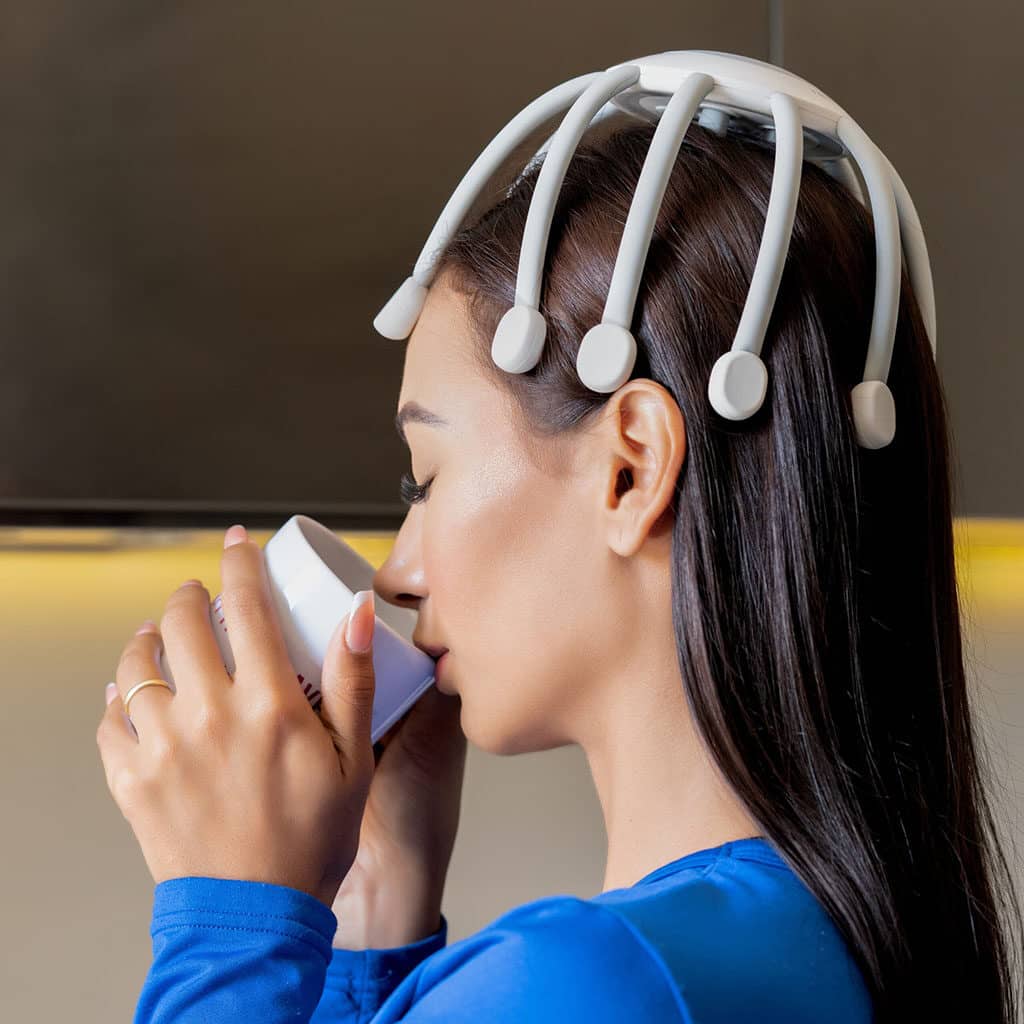
When it comes to enhancing your self-care routine, a scalp massager can be a game-changer, promoting relaxation and well-being. However, with numerous options available, choosing the right one can be overwhelming. To ensure you select the best scalp massager for your needs, consider a few key factors.
opt for a versatile massager that suits your preferences. The Reliize 360° Head Massager stands out as a top-tier electric scalp massager in the market. Its cutting-edge design offers a 360-degree massage experience, targeting all angles of your scalp for maximum relaxation. The ergonomic shape and multiple massage modes make it highly adaptable to different hair textures and sensitivities.
Another crucial aspect to consider is portability and ease of use. A good scalp massager should be user-friendly and convenient to carry.
The ReLiize 360° Head Massager boasts a lightweight and compact design, making it perfect for on-the-go relaxation. Its rechargeable battery ensures long-lasting usage without the hassle of constant replacements.
An In-depth Look Into The Reliize™ 360° Head Massager:
Does Head Massager Help Hair Growth:
The relationship between head massagers and hair growth is a topic of interest and discussion. While head massagers are designed to provide relaxation and stimulate blood circulation in the scalp, which could potentially nourish hair follicles, there is limited scientific evidence directly linking head massagers to significant hair growth.
Blood circulation is important for delivering nutrients to hair follicles, and a head massager might help in this regard. However, factors like genetics, hormonal imbalances, diet, and overall health play a more substantial role in determining hair growth.
Using a head scalp massager as part of a holistic hair care routine could contribute to a healthier scalp environment, potentially benefiting hair growth indirectly. It’s important to approach any claims about hair growth with a critical perspective and consult with medical professionals for personalized advice.
Scientific Studies and Evidence:
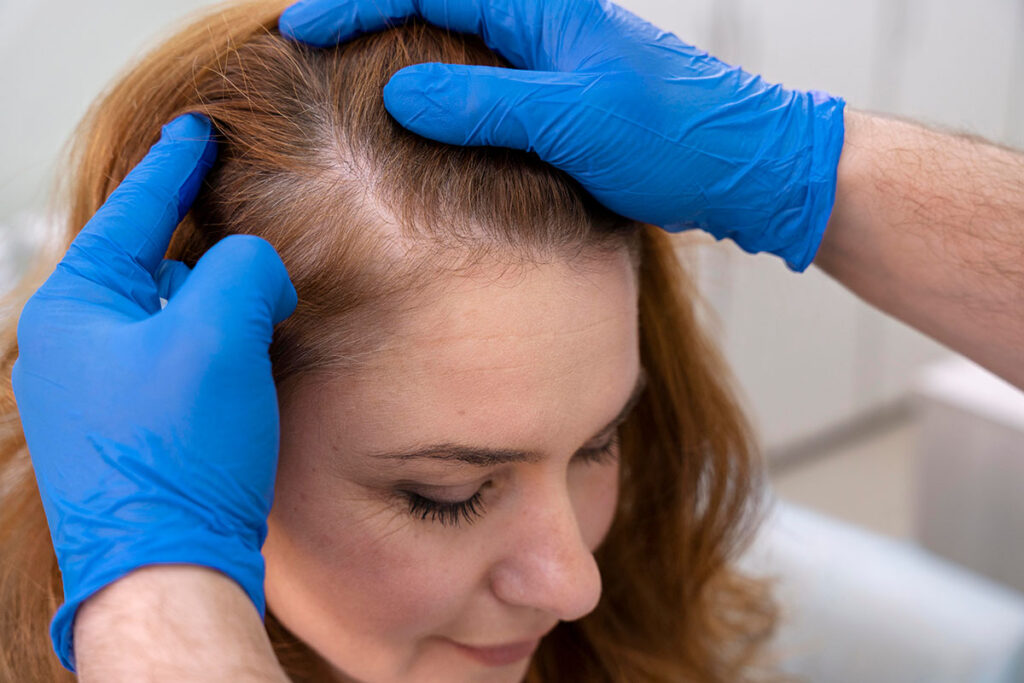
While limited scientific research specifically focuses on the direct impact of head vibrating scalp massagers on hair growth, there are studies that indirectly support the potential benefits.
- A study published in the Journal of Physical Therapy Science found that scalp massage improved blood circulation in the scalp area. Increased blood flow can potentially enhance the supply of nutrients to the hair follicles, creating a favorable environment for hair growth.
- Another study published in the Archives of Dermatological Research explored the effects of a mechanical scalp massager on hair thickness in women with thinning hair. The researchers reported an increase in hair thickness after 24 weeks of regular massaging, suggesting a positive influence on hair health.
- A review article published in the International Journal of Trichology examined the effects of various complementary therapies, including scalp massage, on hair growth. While the review highlighted the lack of large-scale clinical trials, it suggested that scalp massage has the potential to stimulate hair growth by improving blood circulation and reducing stress.
Personal Testimonials and Anecdotal Evidence:
Alongside scientific studies, there are numerous personal testimonials and anecdotal evidence that suggest scalp massage, including the use of head scalp massagers, may contribute to hair growth.
Many individuals report noticing improvements in hair health, thickness, and even regrowth after incorporating regular scalp massage into their routines.
Conclusion:
While the scientific evidence supporting the direct relationship between head scalp massagers and hair growth is limited, there are plausible mechanisms through which scalp massage may indirectly support hair health.
Improved blood circulation and stress reduction, among other factors, can contribute to a healthy scalp environment conducive to optimal hair growth.
However, it is essential to approach these claims with caution and understand that individual results may vary.
For personalized advice on hair growth and addressing hair loss concerns, consulting with a dermatologist or healthcare professional is recommended.
Frequently Asked Questions
Is A head massager good for your scalp?
Yes, a head massager can be good for your scalp as it can help improve blood circulation, relieve tension, and promote relaxation.
Do scalp massagers stimulate hair growth?
While scalp massagers can enhance blood flow and the health of your scalp, direct evidence for significant hair growth stimulation is limited. They may support a healthier environment for hair growth indirectly.
Which scalp massager is best for hair?
There isn’t a one-size-fits-all answer. Various types of scalp massagers, such as manual handheld ones or electric vibrating ones, can be effective. The best choice depends on personal preference and comfort.
What is a scalp massager supposed to do?
A scalp massager is designed to improve blood circulation in the scalp, exfoliate dead skin cells, relax muscles, and potentially improve the overall health of your scalp. It can also provide a soothing and enjoyable experience.
References:
- Ito N, et al. Effect of scalp massage on alopecia areata. J Dermatol. 1990;17(5):276-279.
- Koyama T, et al. Standardized Scalp Massage Results in Increased Hair Thickness by Inducing Stretching Forces to Dermal Papilla Cells in the Subcutaneous Tissue. Eplasty. 2016;16:e8.
- Mirmirani P, et al. Complementary and alternative medicine (CAM) in alopecia areata (AA). Int J Trichology. 2010;2(1):20-24.
- Sasaki GH, et al. Effects of scalp massage on hair growth in mice. J Dermatol. 1992;19(12):735-742.
- Shin HS, et al. Effects of scalp massage with thyme and cedarwood oil on alopecia areata: A randomized controlled trial. J Dermatolog Treat. 1998;9(3):147-151.
- Zhang N, et al. Effect of scalp massage on stress levels and blood flow in female nurses. J Phys Ther Sci. 2016;28(5):1492-1495.

